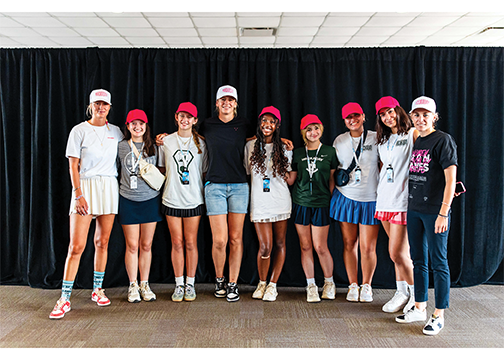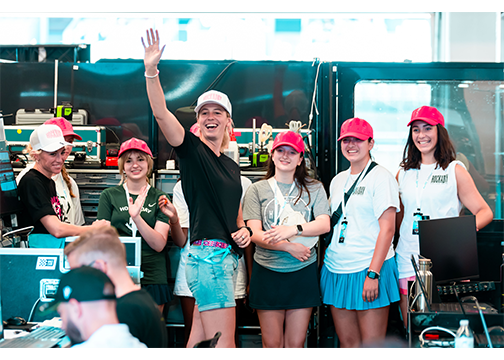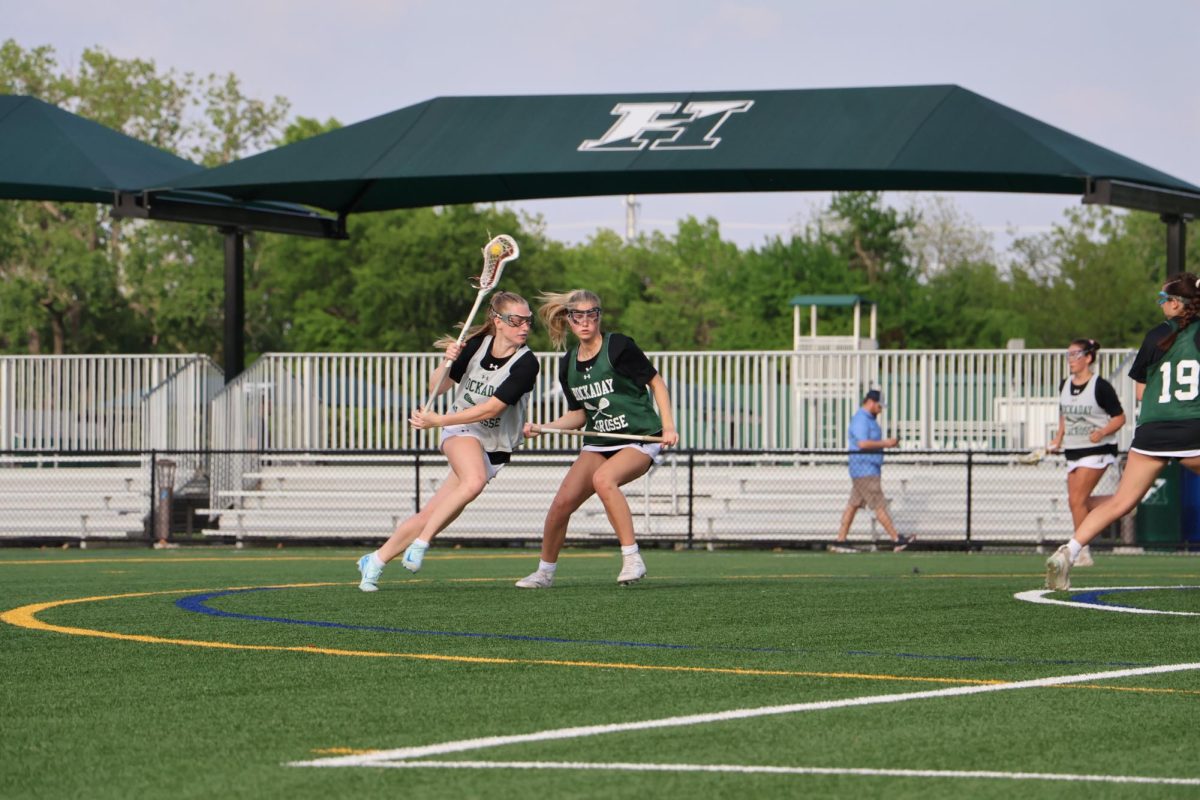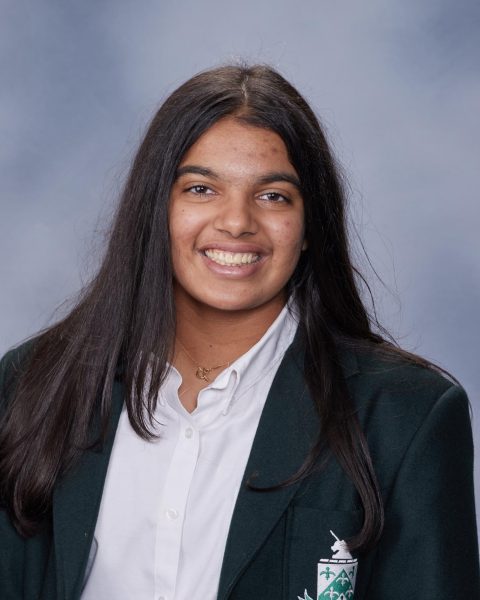
Photos courtesy of Dr. Walts
Engines roar, tires screech and the smell of burning fuel fills the air. Racing, in all its forms, is capturing a growing global audience. From the high-speed precision of Formula 1 (F1) to the endurance challenges of 24-hour Le Mans, the sport’s blend of skill, technology and drama has turned once-niche competitions into events that dominate both social media feeds and streaming platforms.
For senior Ava Ortega, an unintended introduction to F1 converted her into an avid fan.
“I got interested in Formula One through edits on my social media,” Ortega said. “That’s how I fell into the rabbit hole.”
Dr. Walts, the Director of Debate and Forensics, developed an interest in racing through a more deliberate introduction.
“I’d always known about it, but I didn’t really get into it until 2017,” Walts said. “I watched “The 24-Hour War,” about Ford versus Ferrari, and on a whim turned on Le Mans, an endurance race, that weekend. After about 30 minutes of figuring out what was going on, I was hooked.”
Since then, Walts has become a devoted endurance racing fan, even attending the 100th anniversary of the 24 Hours of Le Mans in France, referred to as the most prestigious endurance race in the world.
“The cars go by so loud and so fast, and TV doesn’t capture how fast they really are,” Walts said. “It was incredible, almost a religious experience.”
Despite taking different paths to racing, both Walts and Ortega are drawn to the spectacle around it. The Monaco Grand Prix, held on the streets of Monte-Carlo, is famous for its celebrities and high fashion, while the Las Vegas Grand Prix lights up the Strip with fireworks and neon.
“Monaco is kind of a boring race unless people crash, but I love seeing the celebrities and the fashion,” Ortega said. “Vegas is the same way, because it’s on the Strip at night with fireworks and lights everywhere.”
Fans like sophomore Magic Cather focus more on the sport’s technical aspects while watching races.
“When you’re watching it on TV, they’ll angle the camera so you can see the car, but when you’re actually there, you blink, but all the cars are already gone,” Cather said. “So, it’s just super high speed, it’s super physical and mental and there’s so much to it that just makes it so interesting to me.”
Walts explained how the media has played a role in making motorsports more accessible and motorsports are adapting to modern concerns and improving fan engagement.
“F1 has excellent coverage and a massive social presence, which makes it easier for people to find,” Walts said. “Motorsports have done a better job of welcoming people into the paddock and interacting online. They show fans what’s happening even when the cars aren’t on the track.”
Sophomore Kavya Chava follows F1 mainly through Instagram but also relies on the official F1 app.
“The F1 app has news and tells me what time races are going to be because I don’t want to convert from whatever time zone to Central Standard Time,” she said.
For Walts, endurance racing is about more than just speed and spectacle. His favorite team is the Iron Dames, an all-female World Endurance Racing team.
“They drive a pink Porsche, and their slogan is women driven by dreams,” Walts said. “They’re very positive, very inspiring.”

Last year, Walts took several Hockaday students, including Ortega, to an Iron Dames race in Austin.
“Having followed them for a couple of years, they are somewhat idols to me because of what they do,” Walts said. “I think that the mission of Hockaday and the mission of the Dames are so similarly aligned that to get some of the Hockaday girls with the Dames made a lot of sense.”
The visit with the Dames left its mark on Ortega, who enjoyed the behind-the scenes access.
“I had never seen any racing in real life, so it was like a dream come through for me,” Ortega said. “What was amazing was that we got paddock passes and were able to speak with the drivers, which was very inspiring.”





